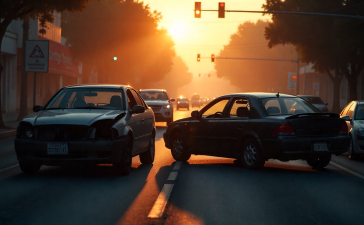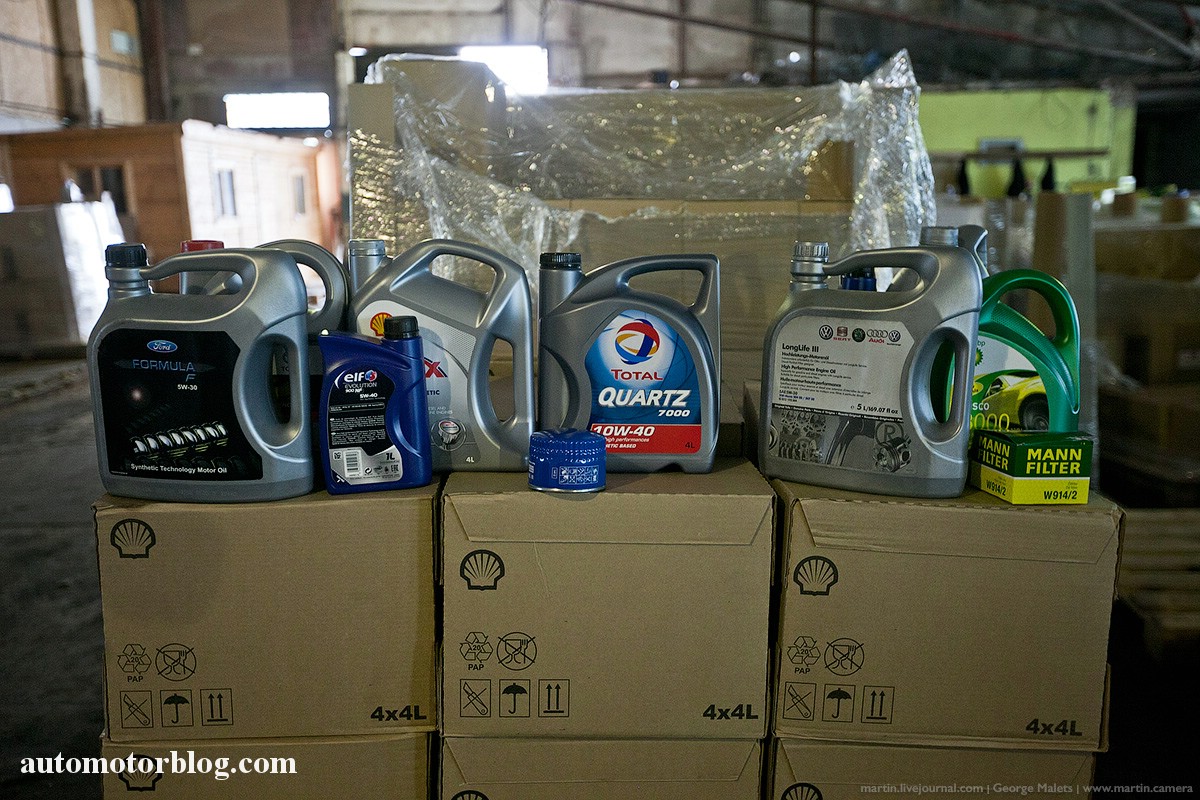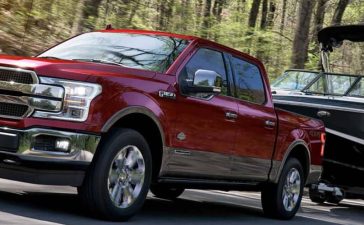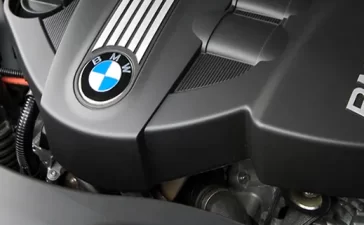Most drivers recognize that weather conditions can adversely affect safety on the nation’s many streets, roads, and highways. Modern research backs this knowledge. According to the National Safety Council, the point of highest fatal crashes between spring and summer 2023 occurred at night from 8 p.m. to 11:59 p.m., irrespective of the time and climate zone. In autumn and winter, the peak occurred at the most deadly time, from 4 p.m. until 7:59 p.m. local time. These crashes reflect in part how seasonal changes to barometric pressure, light, moisture, temperature, and other weather conditions affect people’s driving and daily living habits. Read on to learn more…
Table of Contents
Spring and Summer
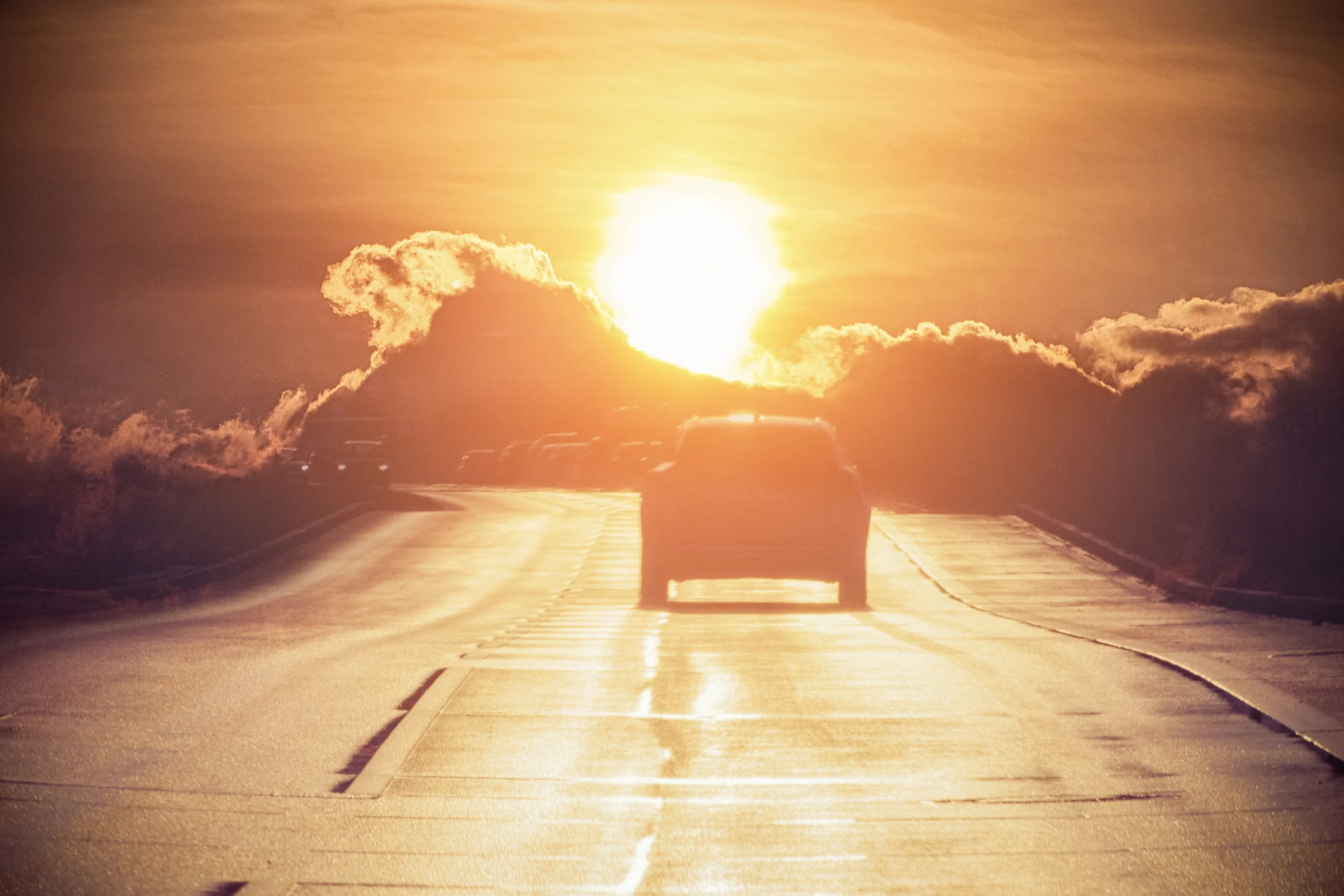
The incorrect assumption people make is that there are fewer accidents during the first half of the year because of the pleasant conditions outside the homes. However, regardless of whether the given driver remains within a region where its weather fluctuates severely or not, the danger to his or her health, the passengers’ security, or that of the rest of the subordinate road users, including bicycle patrons, mopeds, runners, and skateboarders, is produced by the modification of the weather he or she is faced with at any given time. In the state of Florida, which experiences year-round sunshine, 792 pedestrians lost their lives in 2022.
For example, warm weather often prompts more people to leave their homes and use their motor vehicles to travel. With fantastic weather, nighttime travel increases, which means that more drivers are on the road in poor visibility conditions. Spring and summer storms also quickly reduce visibility. Additionally, storms create slippery road surfaces, on-the-ground leaves and debris, flooding and landslides, fallen trees, and even sharp hail. Low-hanging fog becomes common during high-humidity events.
Glare from sunlight in the early morning and late evenings makes it difficult for the drivers to clearly get a picture of the traffic situation. They are not as likely to see sudden, unexpected events fast enough, such as a pedestrian jaywalking, the driver’s door of a street-parked car opening in traffic, or a delivery hand truck rolling out of a sidewalk curb. Hot sunlight beating down on stop-and-start, bumper-to-bumper traffic in the middle of the afternoon can make drivers distracted because of increased irritation. Dry weather with dust in the air poses problems as well by creating a low-visibility haze. Dust and pollen also set off allergies and make breathing difficult. Wildfires make roads suddenly impassable and create conditions similar to fog.
Fall and Winter
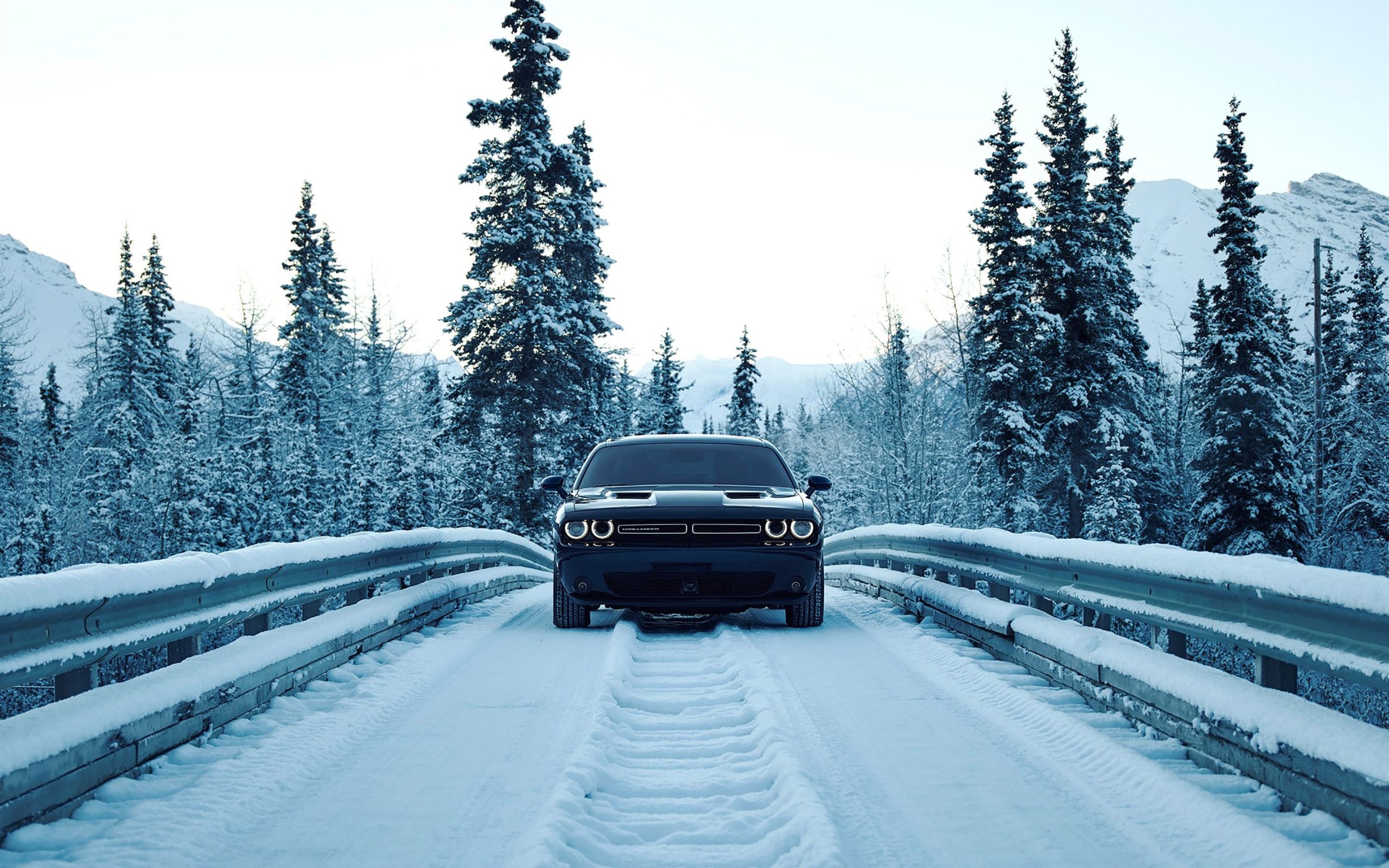
During the second half of the year in climates that experience cooler weather, various conditions reduce safety, such as a reduction in bright, warm light; an increase in gray overcast skies; changes to the color and volume of leaves on trees; rapid barometric pressure shifts; and storms with harsh winds, heavy rains and ice. These difficulties go way beyond well-known wet conditions. Sudden cold snaps can create difficult-to-see black ice and mechanical failures.
Although the United States Department of Transportation has reported that 75% of weather-related crashes directly result from wet surfaces, natural biological changes in humans that occur seasonally and during different weather events also play a role. Instead of driving during daylight hours in the evenings, drivers suddenly find themselves traveling in the dark. They often experience reduced energy and hand-eye coordination. They might feel more stressed, irritable, angry, anxious, depressed, and drowsy, which increases the risk of accidents.
Fatigued drivers might press the gas pedal a bit more and speed above posted limits or fall asleep at the wheel. With dimmed visibility, especially at dusk and dawn, drivers often fail to notice potholes and even other drivers in dark-colored vehicles. They’re more prone to reduced peripheral awareness and accidents involving vulnerable road users and dark-colored or fast animals that are also adversely affected by biological seasonal weather changes.
Actions to Take Today
To improve safety on America’s highways and byways, drivers need to be more proactive. Whenever possible, they shouldn’t drive during peak seasonal non-fatal and fatal crash periods. They should perform logical actions to counter the negative impact of various types of weather conditions. For example, they should check the current and upcoming weather before leaving their home, office, or school. They should maintain their motor vehicle, especially the battery, brakes, tire tread, and wipers. They should slow down and increase the distance between vehicles on roads in wet weather. They should always have a pair of sunglasses at hand to wear during moments of glare. Lastly, they should get plenty of sleep and drive defensively year-round.




